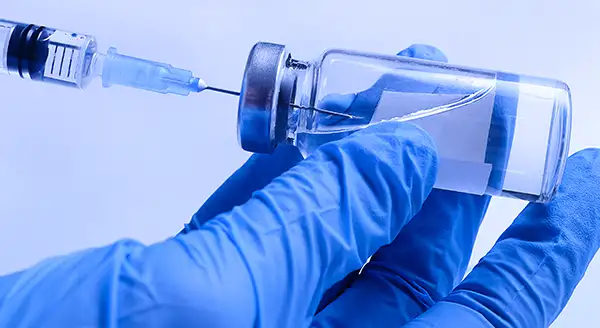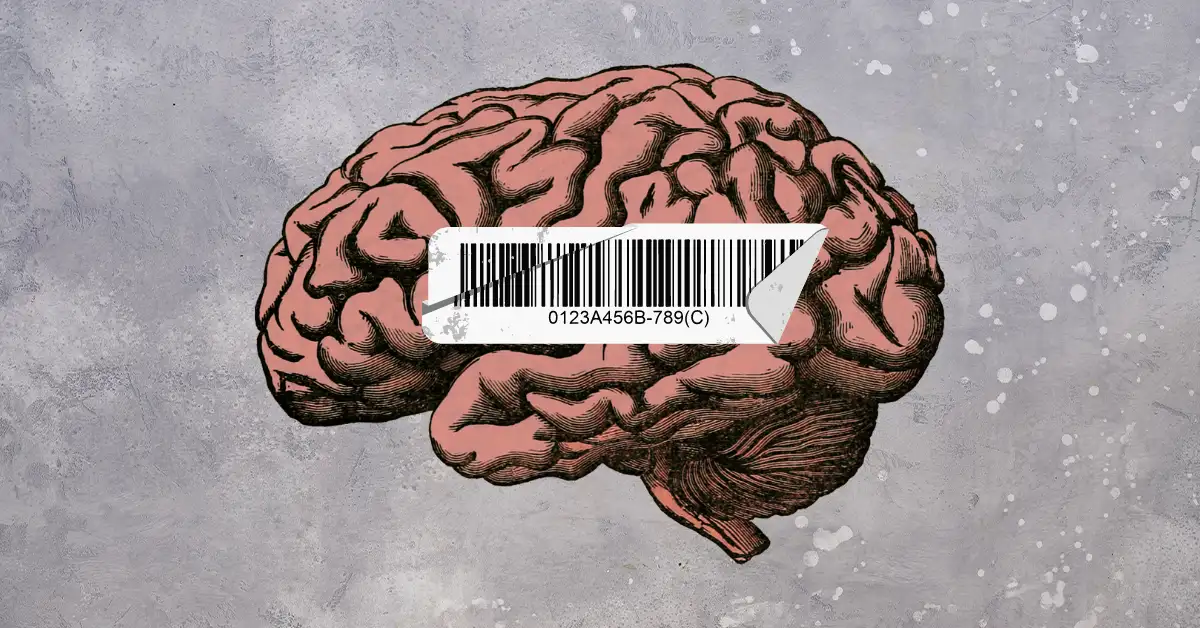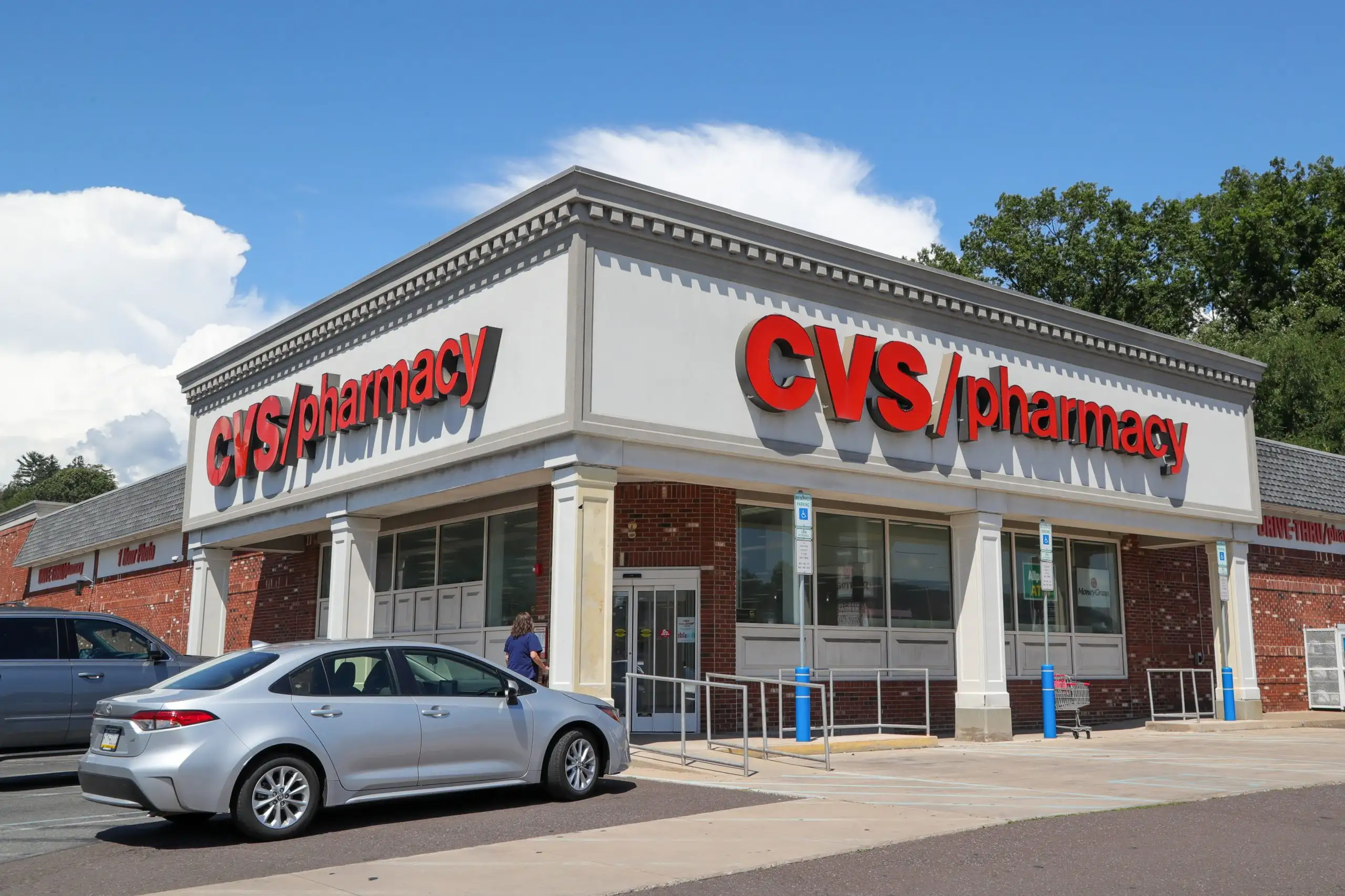The 1st baby born from a frozen egg would be in their mid-30s now.

And what was once considered an experimental procedure recommended for women with medical issues that might impact fertility — such as cancer requiring chemotherapy or ovarian disease — is on the rise.
Per Quartz, there was a 1k%+ increase in the number of US women who froze their eggs between 2009 and 2016.
What is it, exactly?
The process involves injecting hormones that stimulate egg production, then retrieving those eggs — ideally 10-15 per cycle — via surgery and freezing them at -196°F for future use.
Why are so many people doing it?
Women are born with all the eggs they’ll ever have, and they decline in quality over time.
Freezing eggs gives patients time to focus on their careers and other goals. There are other reasons, too:
- The pandemic stalled dating and weddings
- Transgender men are freezing their eggs before beginning hormone replacement therapy
- Buying time to find the right partner
But it’s expensive
In the US, it can cost $11k+ for a single cycle, plus $5k for medication and $500 in annual storage fees. And many women complete multiple cycles, as the chances of a live birth increase with the number of available eggs.
As of 2020, ~11% of US employers with 500+ workers, and ~19% of employers with 20k+, covered egg freezing, including Facebook, Google, and Apple.
Meanwhile, startups are popping up
- Boutique agencies like Trellis Fertility Studio, Kindbody, and Extend Fertility
- Carrot, which works with employers to offer fertility care benefits
- Mate Fertility, founded to offer inclusive, more affordable family planning services
Some traditional doctors are wary of the new crop of startups and their Instagram-aesthetic advertising, reminding patients that frozen eggs are not a guarantee of a future baby.
But the market doesn’t seem to be slowing down any time soon.









